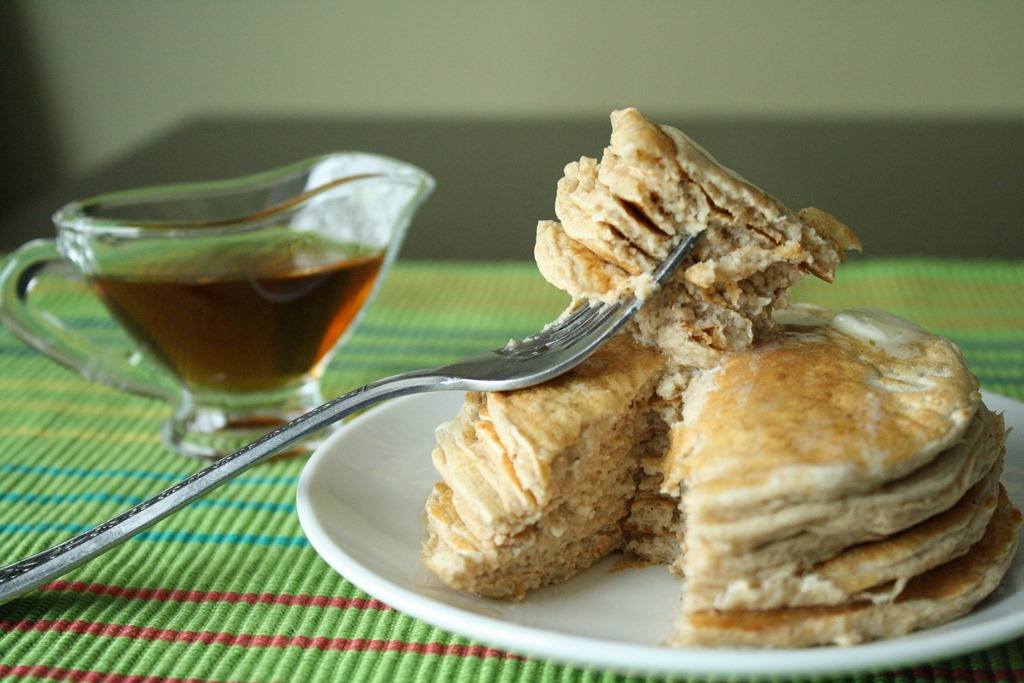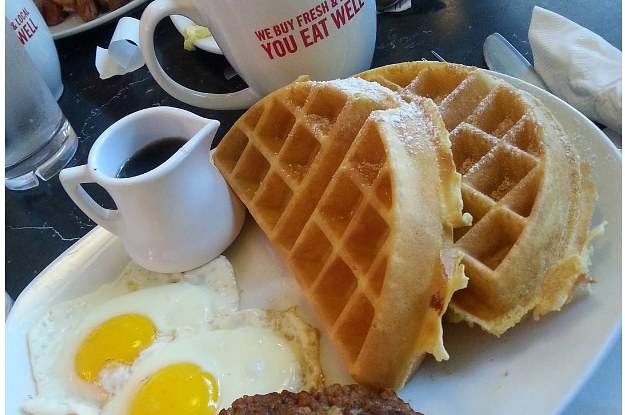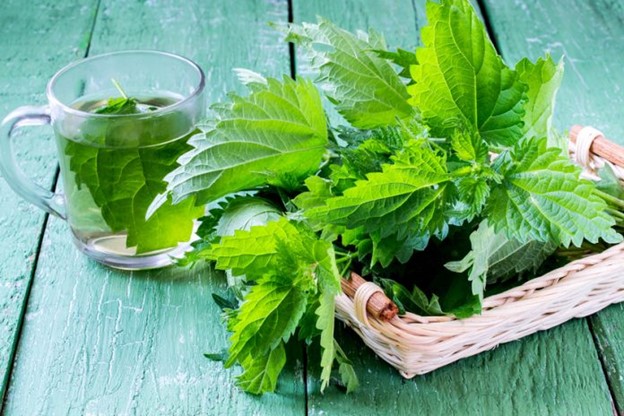Close cousins to pancakes, crepes, churros, and the like, waffles epitomise the appetising aroma, the sweet/savoury versatility, the delicious homespun taste and the rustic simplicity of traditional batter-based goodies.
Waffles are frequently sold from street-vendor stands, or they can even feature on fancy restaurant menus; they are the quintessence of versatility.
Waffles international
Waffles are appreciated all over the world and many countries have their own versions and variations. In USA, they are very popular as a breakfast alternative to pancakes. The widest variety of waffles can be found in Belgium: the light, crisp Brussels waffles are eaten everywhere, as are the sweet and dense Liege waffles.
Flemish waffles respect no borders, they are eaten in Northern France and Belgium. American waffles are versatile, presenting numerous variations, and the so-called Belgian waffles are actually American. Scandinavian countries all have their versions of waffles, as do Holland and Germany. Even in the far east (Hong Kong, Singapore) waffles are popular.
Waffle ingredients
The kids, and the family budget, are pleased when waffles are on the menu; they are a cheap, nourishing and delicious breakfast, snack or meal. They can be savoury, with bacon, chicken or similar, or sweet, with sugar, with fruit, with ice-cream, or with the cook’s inspiration. Kids adore the sweet versions.
The basic ingredients are indeed basic: flour, eggs, milk, oil, baking powder or soda. A pinch of salt and a touch of vanilla complete the magic. Waffles are baked in a waffle maker, simply following the basic recipe. The cook’s creativity gets expressed in the topping.
Waffle makers
Waffles distinguish themselves by the typical rectangular form and the criss-cross grid pattern with deep recesses which snugly accommodate all sorts of delicious toppings. A waffle maker, or waffle iron, is the essential instrument that makes a waffle a waffle. It is a double-sided pan that simultaneously bakes both sides of the waffle.
The grid pattern on the waffle maker gives the waffle its deep wells and criss-crossing raised ridges. The waffle maker’s grooves also provide a wider surface for heat transfer, thus speeding up cooking times, and the uniform heat distribution ensures an even cooking of the batter. Waffle makers come in different sizes, from single waffle to four waffles.
The latest up-market machines offer interesting options such as temperature control, easy clean systems and pattern changing options.
Waffle origins
Waffles originated in Belgium and they go back a long way. The middle ages (ninth century) saw the advent of “oublies”, the medieval predecessor of waffles. The first waffle iron, along with waffle recipes, dates from the fourteenth century.
The ingredients have remained practically the same throughout the centuries, as have the typical form and pattern. Lending itself to numerous flavourful combinations, and easily adaptable to local tastes, the versatility of the waffle has ensured its enduring popularity.









